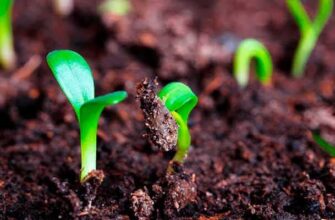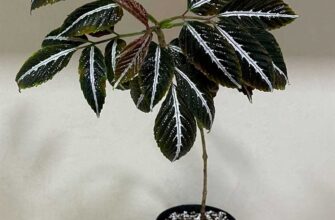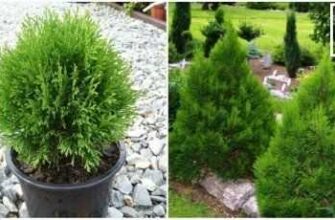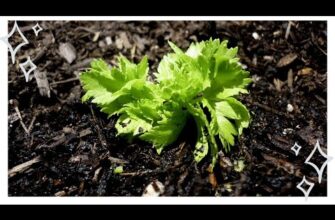- Подготовка почвы для выращивания дороника
- Выбор места для посадки дороника
- Выбор сорта дороника для выращивания
- Посадка дороника в открытый грунт
- Уход за дороником после посадки
- Полив дороника в открытом грунте
- Удобрение дороника в открытом грунте
- Борьба с вредителями и болезнями дороника
- Обрезка и формирование кустов дороника
- Сбор и хранение семян дороника
- Размножение дороника через деление куста
- Приготовление удобрения из дороника
- Виды дороника
- Выращивание дороника в открытом грунте
- Вопрос-ответ:
- Какие сорта дороникума можно выращивать в открытом грунте?
- Какие условия выращивания необходимы для дороникума?
- Когда лучше высаживать дороникум в открытом грунте?
- Как ухаживать за дороникумом в открытом грунте?
- Какими болезнями и вредителями может страдать дороникум в открытом грунте?
- Видео:
- ❀ Начинающим садоводам: 9 видов ромашек для вашего цветника
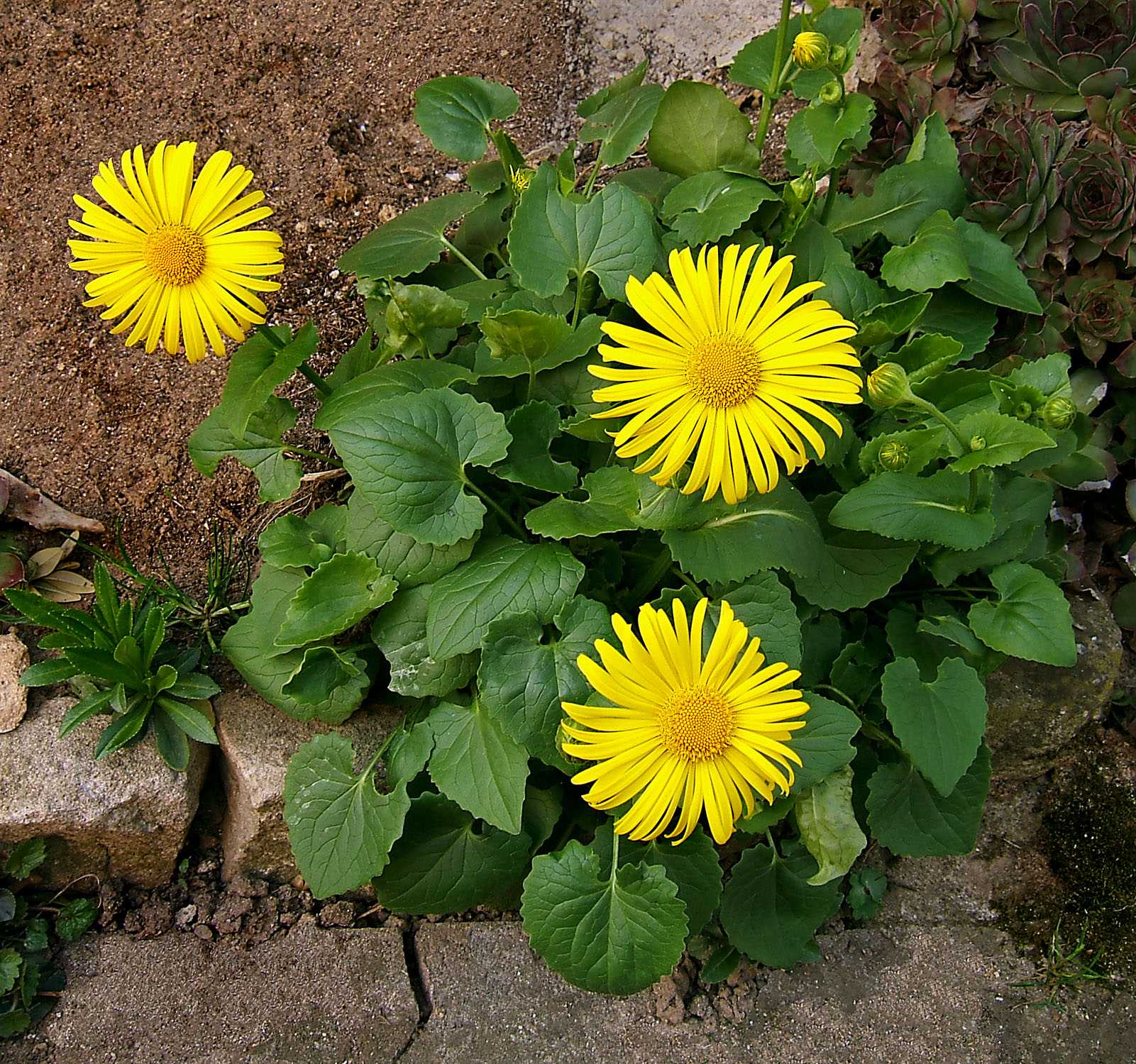
Дороникум — это растение, которое прекрасно подходит для выращивания в открытом грунте. Оно относится к семейству астровых и представляет собой многолетнее травянистое растение. Дороникум имеет несколько видов, каждый из которых обладает своими особенностями и привлекательным внешним видом.
Один из самых популярных видов дороникума — это дороникум Кахани. Он отличается крупными желтые цветками, собранными в соцветия. Дороникум Кахани обладает хорошей зимостойкостью и легко переносит низкие температуры. Он может вырастать до 1 метра в высоту и предпочитает солнечные места.
Другой вид дороникума — это дороникум Адсон. Он имеет мелкие, но очень яркие цветы, окрашенные в оранжевый или красный цвет. Дороникум Адсон вырастает до 60 см в высоту и хорошо сочетается с другими цветами в саду. Он требует умеренного полива и умеренного внимания к себе.
Выращивание дороникума в открытом грунте не требует особых навыков и усилий. Главное — выбрать подходящий сорт, обеспечить ему достаточное количество света и поливать его в меру. Дороникум может стать ярким акцентом в саду и порадовать своими красивыми цветами в течение многих лет.
Подготовка почвы для выращивания дороника
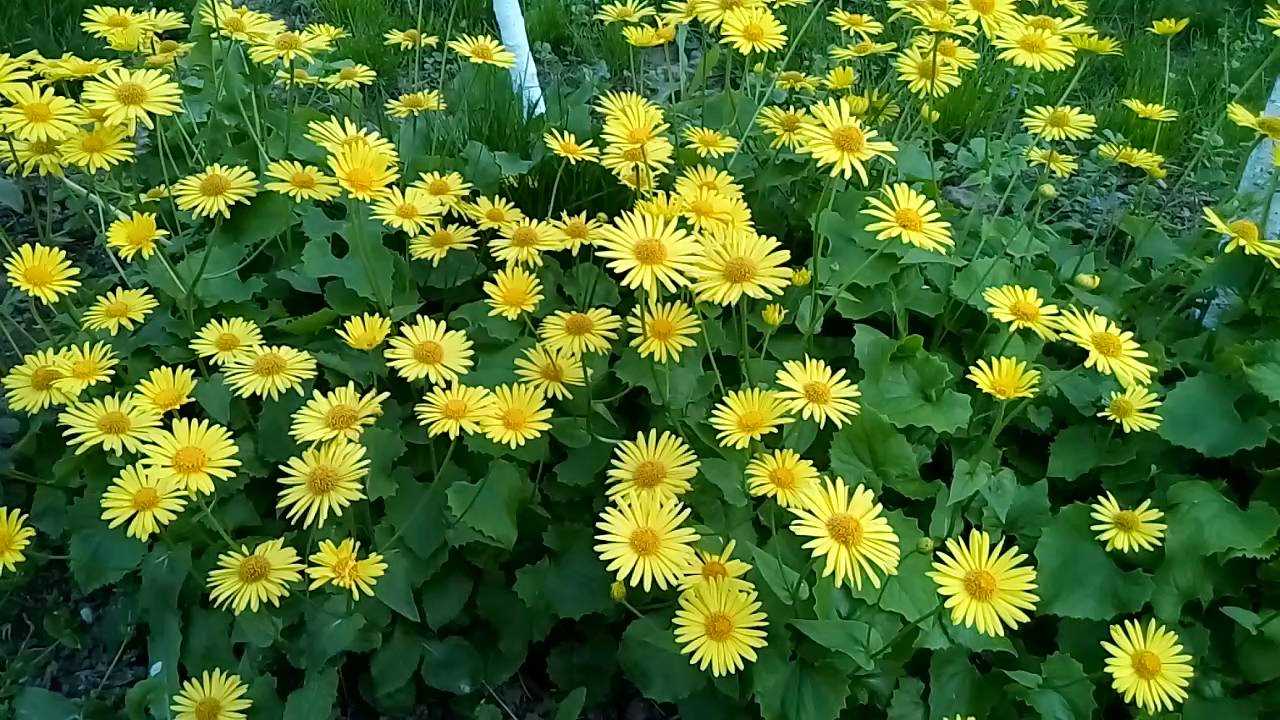
Дороникум — это декоративное растение, которое успешно растет в открытом грунте. Чтобы обеспечить хороший рост и развитие дороника, необходимо правильно подготовить почву.
Перед посадкой дороника важно провести обработку почвы. Сначала необходимо удалить сорняки и камни, чтобы основной участок грунта был чистым и свободным от преград для корней растения.
Далее следует разрыхлить почву. Для этого можно использовать лопату или грабли. Разрыхление поможет улучшить воздухообмен и водопроницаемость грунта, что будет способствовать лучшему росту корней дороника.
После разрыхления почвы рекомендуется внести органическое удобрение, такое как перегной или компост. Органическое удобрение обогатит почву полезными элементами и позволит растению получить все необходимые питательные вещества для активного роста и развития.
Кроме того, для выращивания дороника важно выбрать подходящий участок. Он должен быть хорошо освещенным и иметь достаточное количество солнечного света. Также не рекомендуется выращивать дороник на местах с застоями воды или высокой влажностью. Хорошо подходят средние по плодородию почвы.
Выбор места для посадки дороника
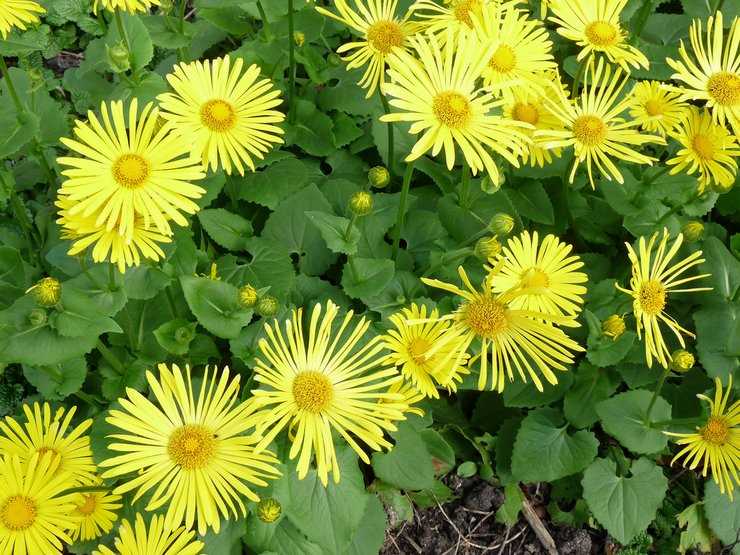
При выращивании дороникума в открытом грунте необходимо правильно выбрать место для его посадки. Учитывая разнообразие видов дороника и их особенности, следует учесть такие факторы, как световой режим, влажность почвы и состав грунта.
Световой режим: Дороникум предпочитает открытое солнечное место, поэтому выбирайте участок, который освещается солнцем не менее 6-8 часов в день. Но некоторые виды дороника также могут переносить полутень или легкую тень.
Влажность почвы: Дороникумы предпочитают влажные почвы, но хорошо переносят и временные засухи. Идеальным вариантом будет участок с воздухопроницаемой почвой, которая хорошо дренируется, чтобы избежать застоя воды в корне дороника.
Состав грунта: Дороникумы предпочитают плодородные почвы с нейтральной или слегка кислой реакцией. Если у вас кислая почва, можно добавить известняк или древесную золу для нейтрализации. Также рекомендуется подкормка органическими удобрениями.
Выбор сорта дороника для выращивания
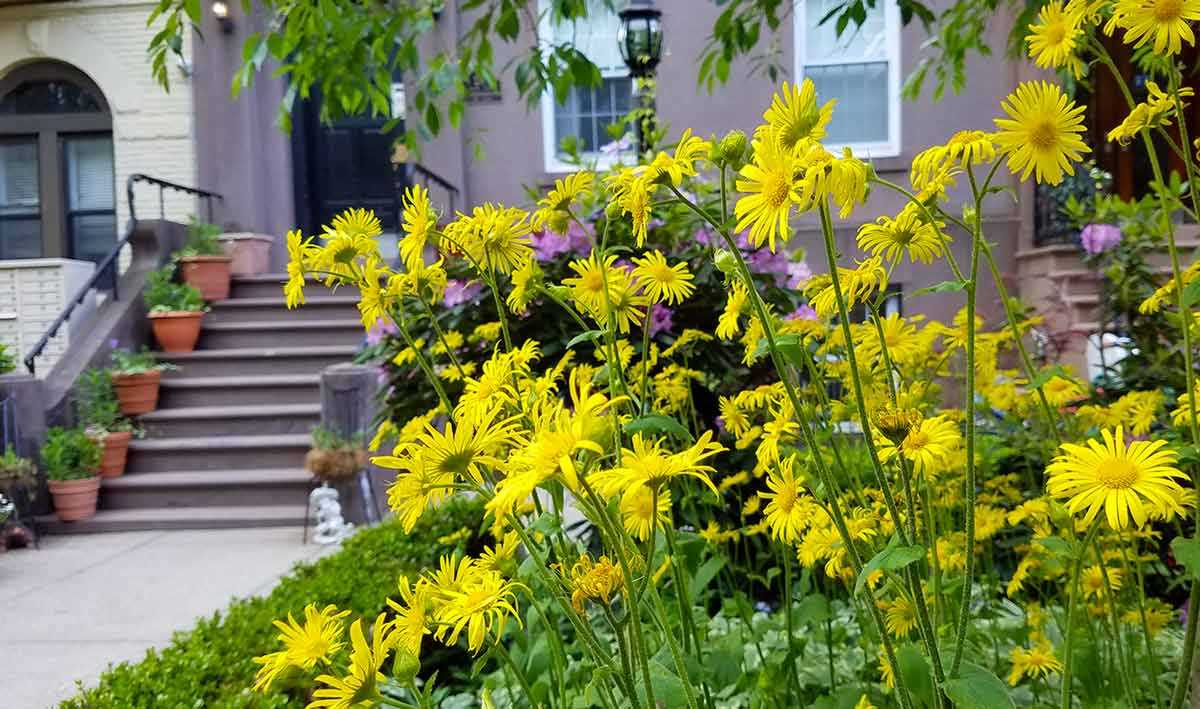
Виды дороника подходят для выращивания в открытом грунте благодаря своей устойчивости к низким температурам и неприхотливости к условиям. Однако, для успешного выращивания необходимо выбрать подходящий сорт, учитывая особенности климата и требования к почве.
Сорт «Дороникум армянский» — это один из наиболее популярных сортов дороника для выращивания в открытом грунте. Он отличается высокой зимостойкостью и устойчивостью к заболеваниям. Кусты достигают высоты до 60 см, цветки крупные, желтые или оранжевые.
Сорт «Дороникум кавказский» также подходит для выращивания в открытом грунте. Он отличается быстрым ростом и пышным цветением. Цветки сорта крупные, яркие, белые или розовые. Кусты достигают высоты до 80 см и образуют плотную крону.
Выбор сорта дороника для выращивания в открытом грунте зависит от целей и требований к растению. Некоторые сорта могут быть предпочтительными для создания цветочных композиций, а другие — для использования в ландшафтном дизайне. Важно учитывать климатические условия и особенности почвы, чтобы обеспечить успешное выращивание дороника и получить красивое и здоровое растение.
Посадка дороника в открытый грунт
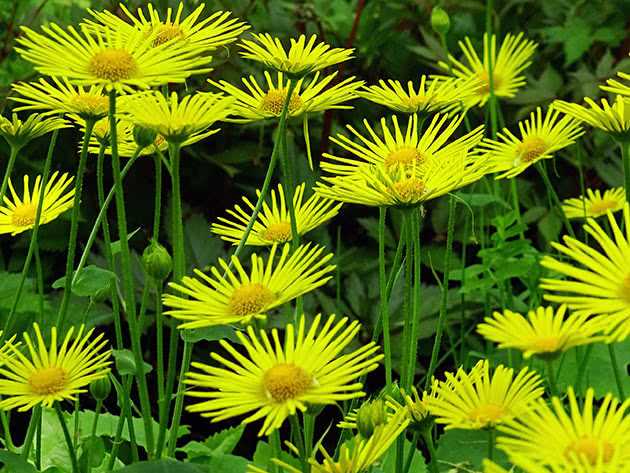
Дороникум – это растение, которое может быть выращено в открытом грунте. Для успешной посадки дороника в открытый грунт необходимо учесть несколько важных моментов.
Выбор места для посадки: Дороникум предпочитает солнечные места с хорошо дренированными почвами. Поэтому выбирайте открытые участки, где растение будет получать достаточно солнечного света.
Подготовка почвы: Перед посадкой дороника в открытый грунт необходимо подготовить почву. Она должна быть рыхлой и плодородной. При необходимости можно добавить компост или перегной для улучшения плодородия почвы.
Выбор видов дороника: Существует несколько видов дороника, которые могут быть выращены в открытом грунте. Некоторые из них имеют разные требования к условиям выращивания. Поэтому перед посадкой дороника в открытый грунт необходимо выбрать подходящий вид, учитывая особенности вашего региона и условия выращивания.
Способ посадки: Дороник можно посадить в открытый грунт семенами или саженцами. При посадке семян необходимо следить за их правильной глубиной заделывания и обеспечить регулярный полив. При посадке саженцев необходимо учесть расстояние между растениями и правильно уложить корни в почву.
Следуя этим рекомендациям, вы сможете успешно посадить дороник в открытый грунт и наслаждаться его красивыми цветами и ароматом.
Уход за дороником после посадки
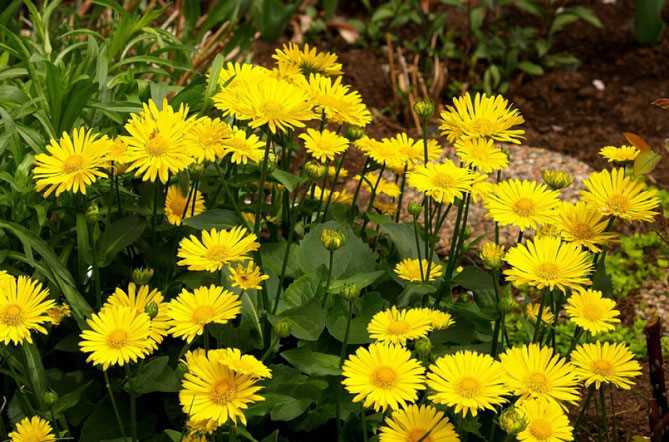
Дороникум – красивое растение, которое можно успешно выращивать в открытом грунте. После посадки дороник требует особого ухода, чтобы он мог полноценно развиваться и радовать своими цветами.
Полив. Дороникум нуждается в регулярном поливе в первые 2-3 недели после посадки. Растение не переносит засушливых периодов, поэтому почва должна быть всегда влажной, но не переувлажненной.
Удобрение. Для обеспечения хорошего роста и развития дороникуму нужно регулярное подкормка. Лучше всего использовать универсальные минеральные удобрения, которые рекомендуется вносить 1-2 раза в месяц в период активного роста растения.
Обрезка. Обрезка дороникума необходима для формирования красивой и компактной кроны. Она проводится весной или осенью, удаляя побеги, которые растут не соответствующим образом или перекрывают другие растения.
Защита от вредителей. Дороникум может быть атакован различными вредителями, такими как мучнистый червец, афиды и другие насекомые. Чтобы предотвратить поражение растения, регулярно осматривайте его и применяйте соответствующие меры борьбы с вредителями.
Поддержка. Если дороникум имеет большие цветоносы, которые могут прогибаться под весом цветков, рекомендуется устанавливать опоры для поддержки растения. Это позволит сохранить его эстетический вид и предотвратит повреждение стеблей и цветков.
Полив дороника в открытом грунте
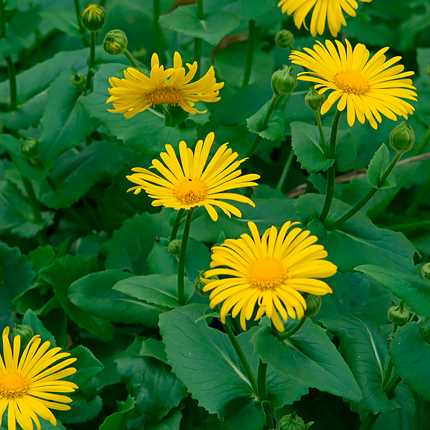
Дороникум — это многолетнее растение, которое можно выращивать в открытом грунте. Одним из важных аспектов успешного выращивания дороника является правильный полив.
Виды полива:
- Регулярный полив. Дороникум требует регулярного полива, особенно в жаркое время года. Важно поддерживать умеренно влажный грунт, чтобы растение могло нормально расти и развиваться.
- Умеренный полив. В периоды осадков или прохладной погоды можно уменьшить частоту полива, чтобы избежать переувлажнения грунта. Это поможет предотвратить гниение корней и другие проблемы, связанные с избыточной влагой.
- Полив по мере необходимости. Важно учитывать особенности грунта и климатических условий, чтобы определить, когда нужно поливать дороникум. Необходимо следить за состоянием почвы и растения, чтобы своевременно предотвратить высыхание грунта.
Правила полива:
Так стоп!!! Вы всё ещё не подписаны на наши каналы в Телеграмм и Дзен? Посмотрите: ТГ - (@historyfantasydetectivechat) и Дзен (https://dzen.ru/myshortsstorys)
- Утренний полив. Рекомендуется поливать дороникум утром, когда еще прохладно. Это позволит растению получить достаточно влаги перед сильным солнцем и поможет избежать ожогов на листьях.
- Избегайте переувлажнения. Переувлажненный грунт может привести к гниению корней и гибели растения. Поливайте дороникум умеренно, обеспечивая достаточную влажность без избытка.
- Поливайте у основания растения. Чтобы максимально эффективно доставить влагу до корней дороника, поливайте у основания растения, избегая попадания воды на листья. Это поможет предотвратить развитие грибных заболеваний.
Правильный полив является важной составляющей успешного выращивания дороника в открытом грунте. Следуйте рекомендациям по поливу и обеспечьте растению оптимальные условия для роста и развития.
Удобрение дороника в открытом грунте
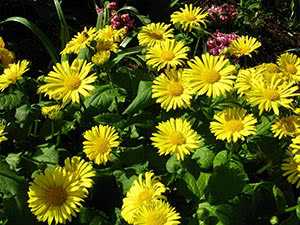
Дороникум, популярное растение для выращивания в открытом грунте, требует определенного ухода и регулярного удобрения. Правильное удобрение поможет растению развиваться и цвести на протяжении всего вегетационного периода.
Перед посадкой дороника важно подготовить грунт. Для этого рекомендуется добавить органическое удобрение, такое как компост или перегной. Органические удобрения обогащают почву необходимыми питательными веществами и создают благоприятные условия для роста корневой системы дороника.
Во время активного роста и цветения дороника рекомендуется проводить дополнительное удобрение с помощью минеральных удобрений. Оптимальным вариантом будет применение универсального комплексного удобрения с равным содержанием азота, фосфора и калия. Это поможет поддерживать здоровье растения и обеспечит его необходимыми питательными веществами.
Однако при использовании минеральных удобрений важно соблюдать меру и не переборщить, так как это может привести к перегрузке почвы и негативно сказаться на здоровье дороника. Рекомендуется следовать инструкции и рекомендациям производителя при применении удобрений.
Также можно использовать органические удобрения, такие как натуральный компост или перегной. Они не только обогатят почву необходимыми питательными веществами, но и улучшат ее структуру и водоудерживающую способность. Органические удобрения могут быть применены в виде мульчи, которая поможет сохранить влагу в почве и уменьшить риск пересыхания.
Важно помнить, что удобрение дороника в открытом грунте – это необходимая процедура для обеспечения здоровья и красоты растения. Следуя рекомендациям по удобрению и уходу за дороником, можно получить обильное и продолжительное цветение, а также крепкое и здоровое растение.
Борьба с вредителями и болезнями дороника
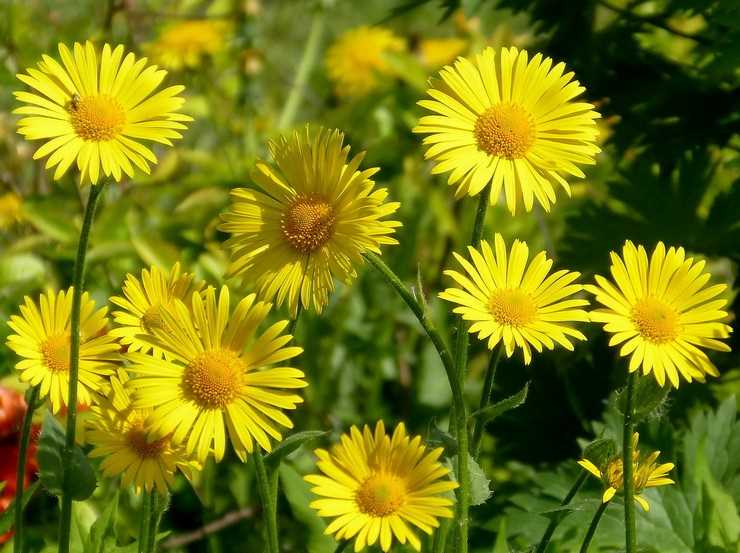
При выращивании дороника в открытом грунте необходимо учитывать возможность атаки вредителей и поражения растения различными болезнями. Вредителями дороника могут быть такие насекомые, как паутинные клещи, тля и муравьи.
Одним из способов борьбы с вредителями является регулярное осмотр растений и удаление пораженных листьев и побегов. Также можно использовать биологические препараты, которые не наносят вреда окружающей среде.
Что касается болезней, дороник может быть подвержен атаке грибковых инфекций, таких как пятнистость листьев и серая плесень. Для профилактики болезней рекомендуется соблюдать правильный режим полива и не переувлажнять почву.
Если заболевание все-таки проявилось, можно применить специальные препараты, содержащие фунгициды. Однако перед использованием химических средств необходимо ознакомиться с инструкцией и соблюдать все меры предосторожности.
В целом, при правильном уходе и профилактике большинство видов дороникума устойчивы к вредителям и болезням, но регулярный контроль и своевременные меры борьбы помогут сохранить растение здоровым и красивым.
Обрезка и формирование кустов дороника
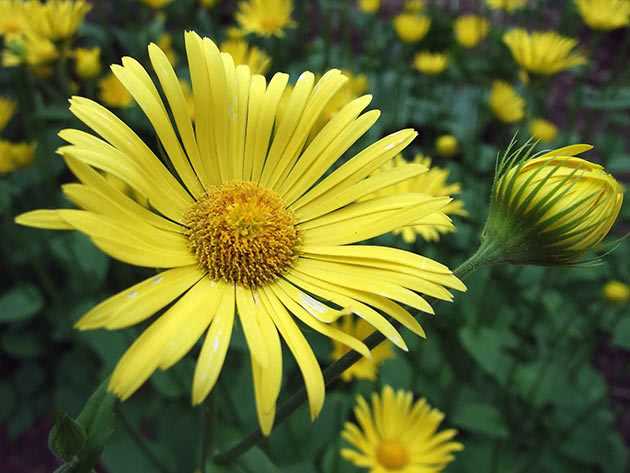
Обрезка и формирование кустов дороника являются важными этапами в процессе выращивания растения в открытом грунте. Правильная обрезка позволяет добиться компактности и эстетического вида куста, а также стимулирует цветение и рост растения.
Для обрезки дороникума рекомендуется использовать острые и чистые инструменты, чтобы избежать повреждения стеблей и заражения растения болезнями. Начинать обрезку следует после цветения, когда стебли становятся коричневыми и высыхают. Необходимо удалить все пожухлые и поврежденные побеги, а также отрезать увядшие цветы.
Формирование кустов дороника проводится с целью создания компактной и красивой формы растения. Для этого можно использовать метод среза побегов на определенной высоте или среза побегов на одной стороне куста для придания ему определенной формы. Важно помнить, что формирование кустов необходимо проводить аккуратно и последовательно, чтобы не повредить здоровые стебли.
После обрезки и формирования кустов дороника рекомендуется провести подкормку растения специальными удобрениями для цветущих растений. Это поможет восстановить силы растения после стресса и обеспечить его активный рост и цветение в следующем сезоне.
Сбор и хранение семян дороника
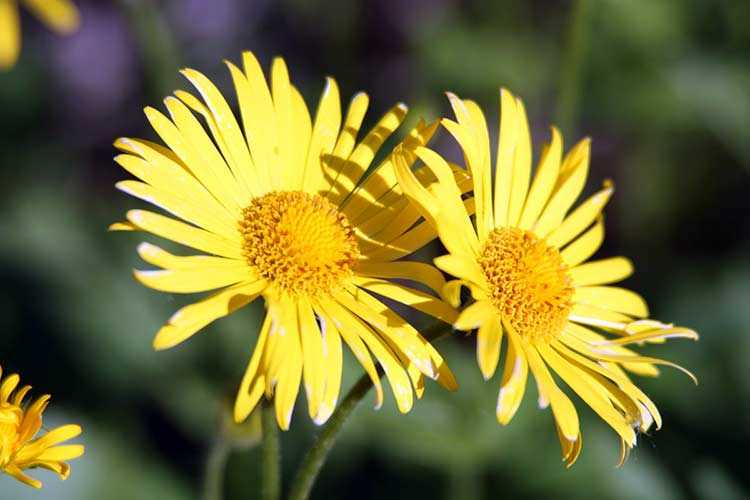
Семена дороника, полученные в результате выращивания в открытом грунте, являются ценным материалом для дальнейшего размножения данного растения. Сбор семян проводится во время созревания плодов, когда они приобретают темно-коричневый цвет. На этом этапе семена легко отделяются от плодовой оболочки и готовы для сбора.
Для сбора семян дороника следует выбирать здоровые и хорошо развитые растения. Необходимо оставить несколько цветков на каждом растении, чтобы они образовали семена. Во избежание случайного самозасемления рекомендуется собирать семена с разных растений разных видов дороника.
Собранные семена необходимо тщательно высушить и хранить в сухих и прохладных условиях. Хорошим вариантом для хранения семян является плотно закрытый контейнер из материала, не пропускающего свет и влагу. Хранение семян дороника рекомендуется в течение одного года, после чего их прорастаемость может снизиться.
Размножение дороника через деление куста
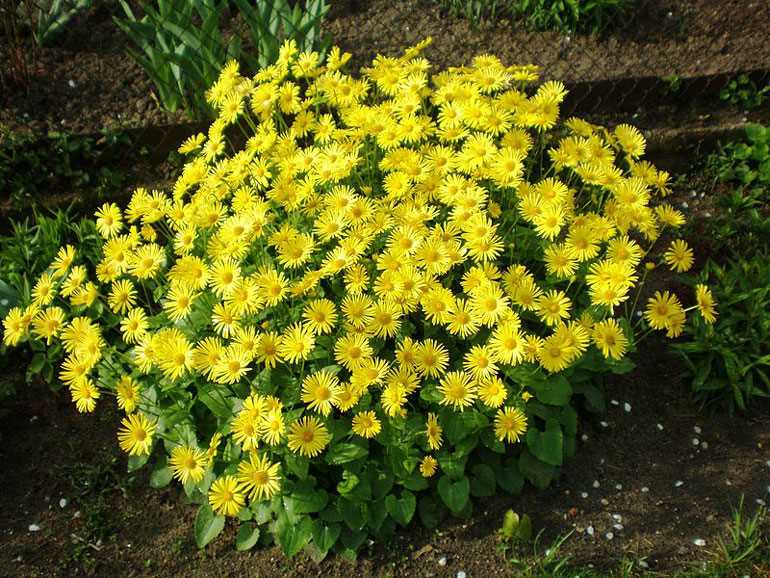
Дороникум – это растение семейства астровых, которое привлекает внимание своими яркими цветами и легкостью в выращивании. Существует несколько видов дороника, и каждый из них может быть размножен через деление куста. Этот метод позволяет получить новые растения, сохраняя генетическую целостность и особенности сорта.
Для размножения дороника через деление куста необходимо выбрать здоровый и хорошо развитый куст растения. Лучшее время для проведения данной процедуры – весна или осень, когда растение находится в состоянии покоя.
Для начала необходимо аккуратно выкопать куст дороника и разделить его на несколько частей. При этом необходимо обращать внимание на наличие здоровых корней и побегов у каждой части. Разделенные кусты можно сразу же пересадить в открытый грунт или в горшки для последующего выращивания.
Важно помнить, что каждая часть куста должна быть достаточно крупной и иметь достаточное количество корней для нормального приживления. После пересадки растения необходимо хорошо полить и регулярно ухаживать за ними, особенно в первое время.
Приготовление удобрения из дороника
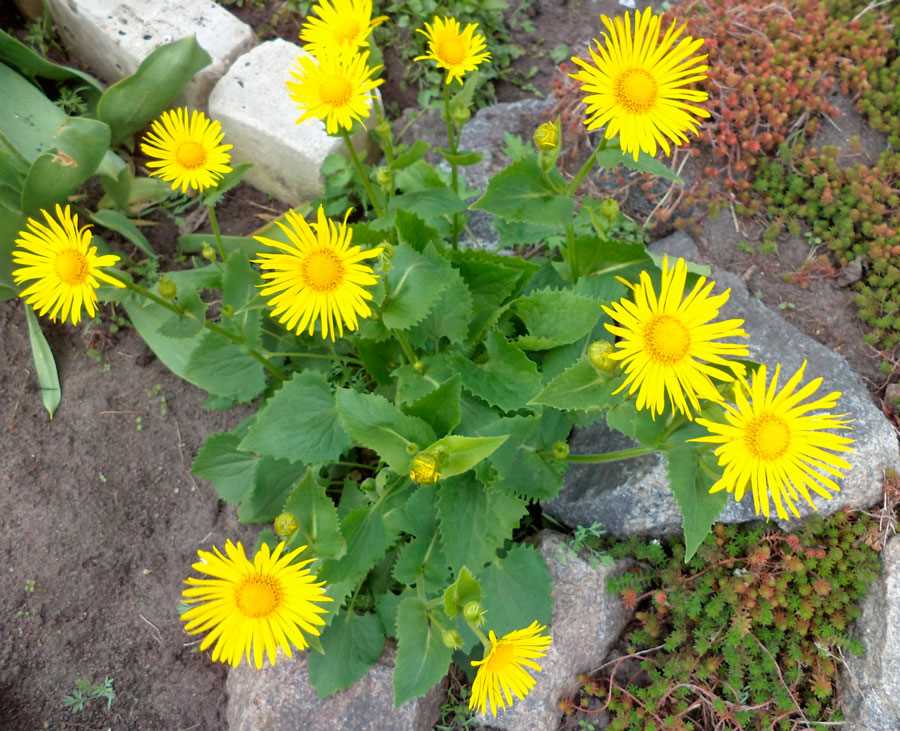
Дороникум — это растение, которое можно использовать не только для выращивания в открытом грунте, но и для приготовления удобрения. Существует несколько видов дороника, каждый из которых обладает своими полезными свойствами.
Виды дороника
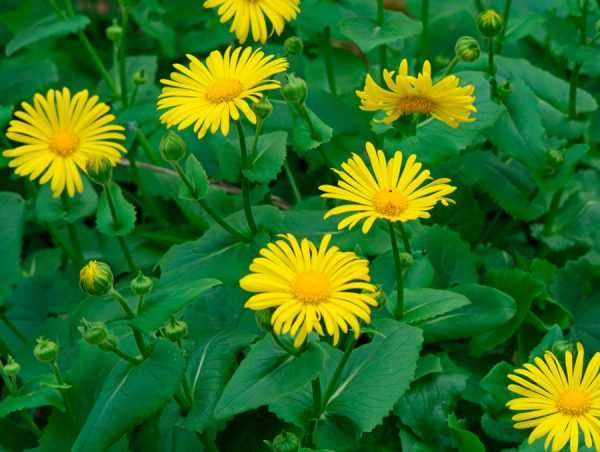
Самым распространенным видом дороника является дороникум орнаментальный. Его листья имеют приятный аромат и используются для приготовления ароматического удобрения. Другим популярным видом является дороникум лекарственный, который обладает целебными свойствами и используется для приготовления целебных отваров и настоев.
Выращивание дороника в открытом грунте
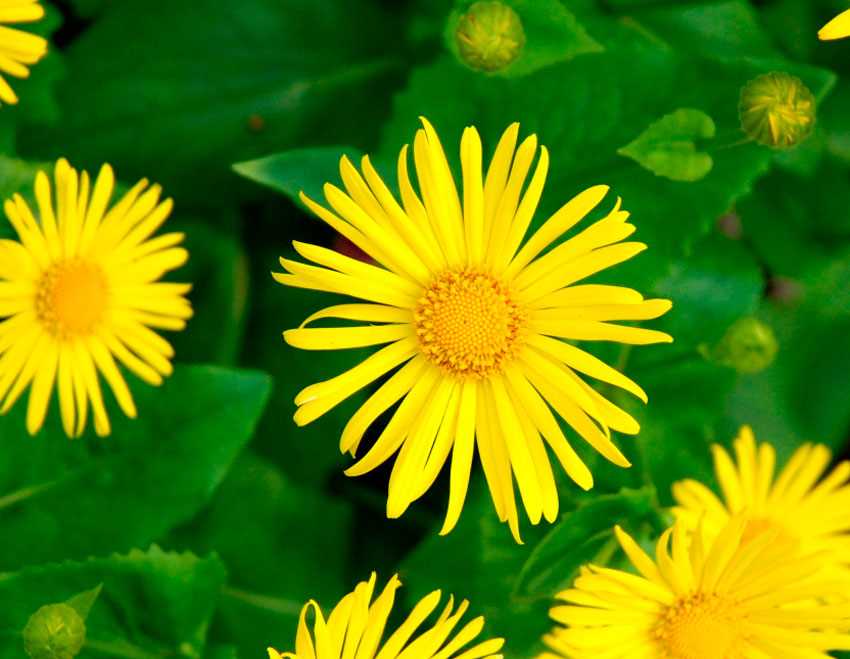
Для успешного выращивания дороника в открытом грунте необходимо выбрать подходящее место. Растение предпочитает солнечные участки с плодородной почвой. Перед посадкой дороникума необходимо подготовить грунт, удалив сорняки и прополотив землю. После этого можно сеять семена дороника на глубину около 1 см и умеренно поливать посевы. Важно помнить, что растение не выносит затопления и пересыхания почвы, поэтому поливать следует регулярно и в меру.
Использование удобрения из дороника позволяет повысить плодородие почвы и улучшить рост и развитие других растений. Для его приготовления можно использовать листья и стебли дороника, которые следует измельчить и смешать с органическими отходами. Полученное удобрение рекомендуется наносить на почву перед посадкой растений или применять в виде подкормки во время вегетационного периода.
Вопрос-ответ:
Какие сорта дороникума можно выращивать в открытом грунте?
В открытом грунте можно выращивать различные сорта дороникума, такие как Дороникум пальчатый (Doronicum pardalianches) и Дороникум Кахлемана (Doronicum caucasicum). Они обладают яркими цветами и красивыми соцветиями.
Какие условия выращивания необходимы для дороникума?
Дороникум предпочитает солнечные или полутенистые места и плодородные почвы. Он хорошо растет в садовых грядках и газонах. Но важно помнить, что дороникум не переносит засуху, поэтому регулярный полив очень важен.
Когда лучше высаживать дороникум в открытом грунте?
Дороникум можно высаживать в открытый грунт весной или осенью. Весной лучше высаживать растения, купленные в горшках, а осенью можно размножать дороникум семенами или делением корневища.
Как ухаживать за дороникумом в открытом грунте?
Ухаживать за дороникумом в открытом грунте довольно просто. Растение нуждается в регулярном поливе, особенно в сухие периоды. Также стоит удалить увядшие цветы и сорняки, чтобы поддерживать растение в хорошем состоянии.
Какими болезнями и вредителями может страдать дороникум в открытом грунте?
Дороникум может страдать от ряда болезней, таких как мучнистая роса и серая гниль. Он также может быть атакован вредителями, такими как медведка и гусеницы. Для профилактики рекомендуется регулярно осматривать растение и применять соответствующие меры защиты.


